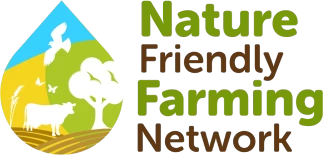NFFN encourages collaboration across farming sectors during challenging times.
Arable farmers can give their livestock colleagues a helping hand this winter by offering cuttings from their field margins as extra feed. This simple step could make a big difference after a hot, dry summer that has left many farmers facing major challenges.
Under agri-environment schemes such as the Sustainable Farming Incentive (SFI), margins and pollen and nectar-rich flowering strips should be cut and removed at the end of the season. This is to prevent nutrient levels in the soil becoming too high, which will reduce flower numbers in subsequent years. Instead of going to waste, this material could become a valuable resource.
This year, many livestock farmers have struggled to grow enough grass. Some have had to start feeding hay and using bale grazing months earlier than planned. Margin cuttings could provide a crucial extra food source to help them through winter.


